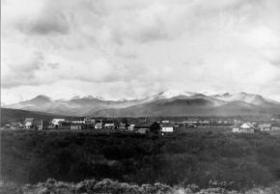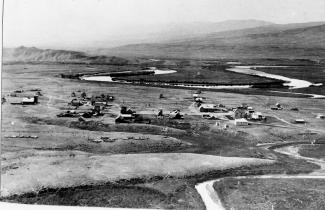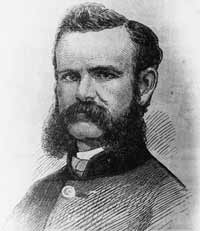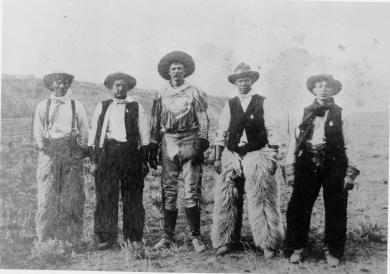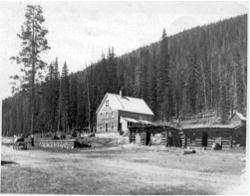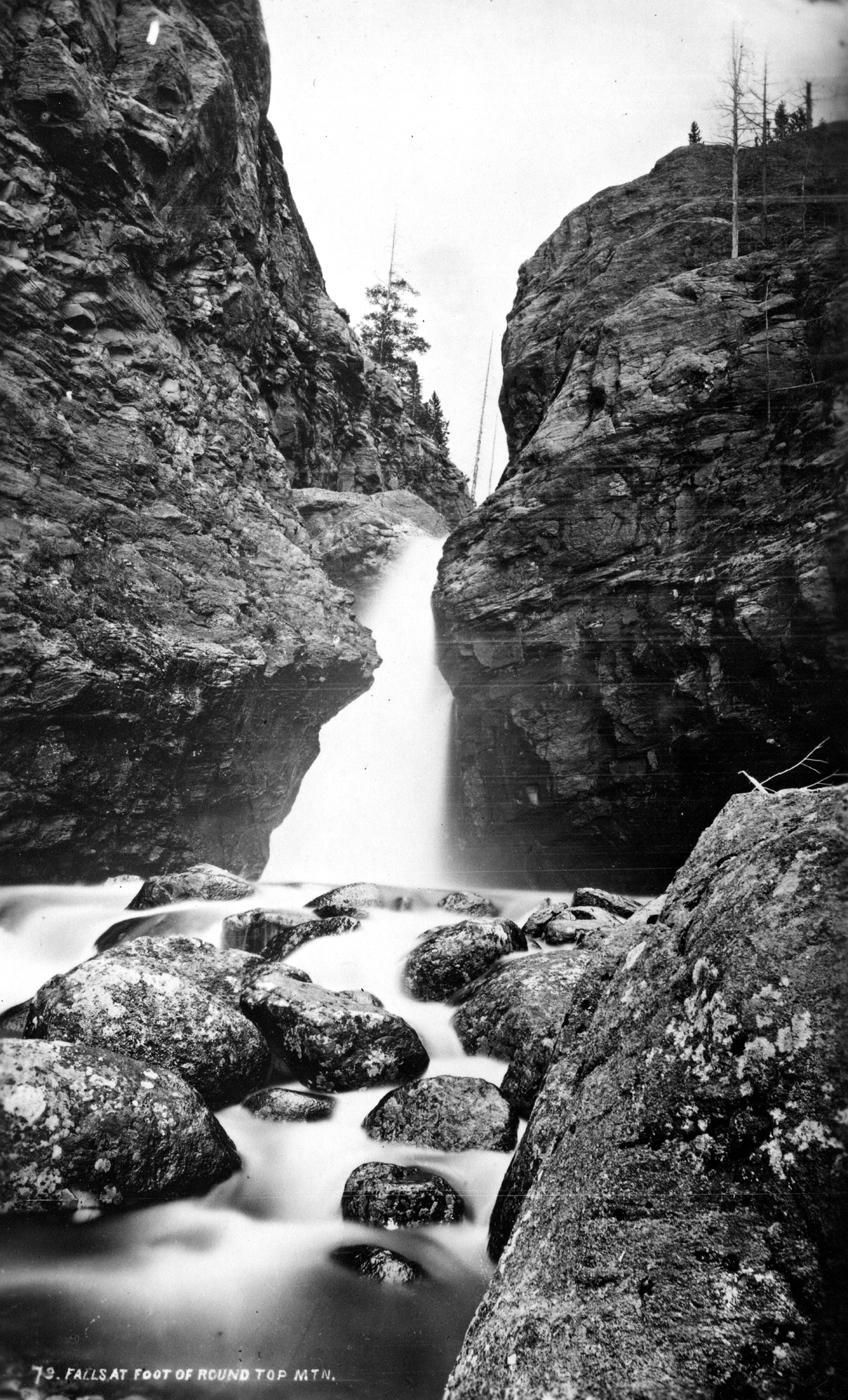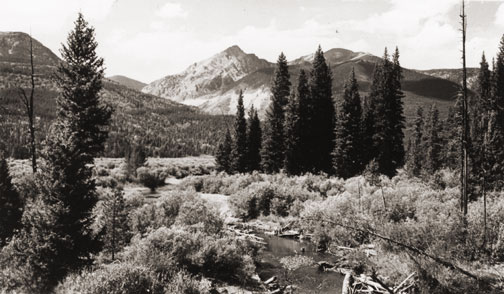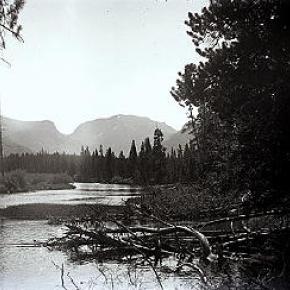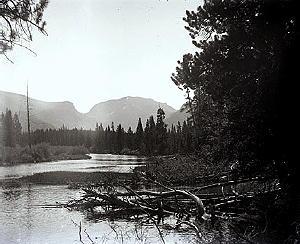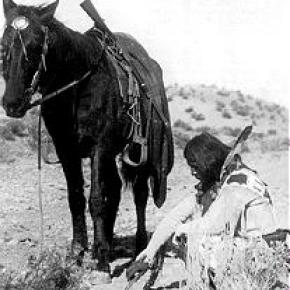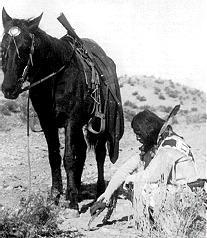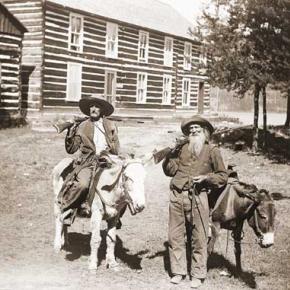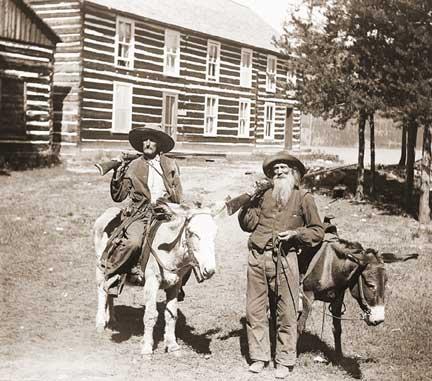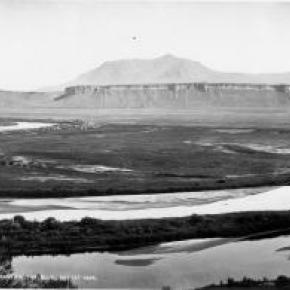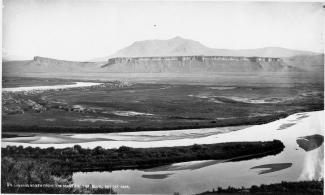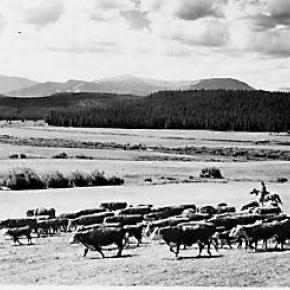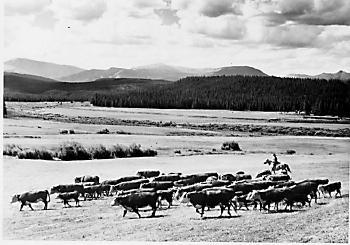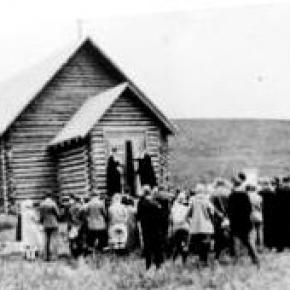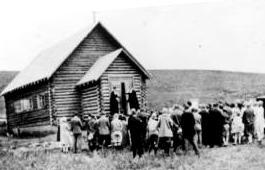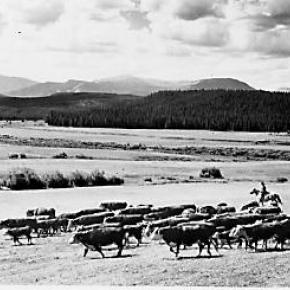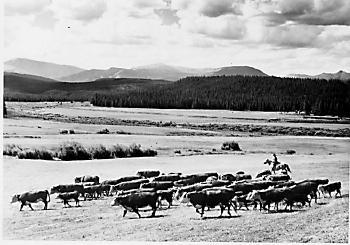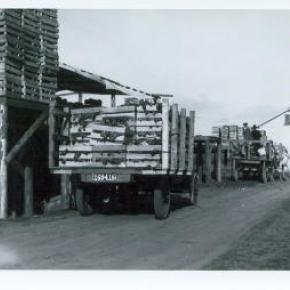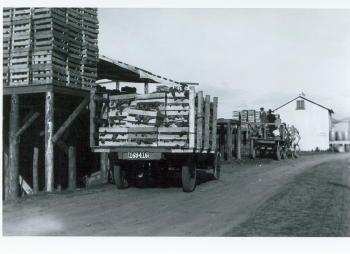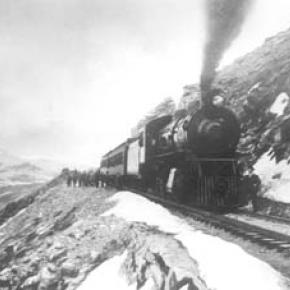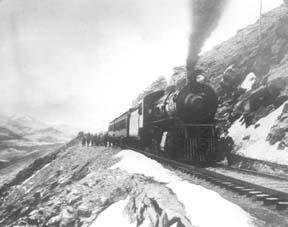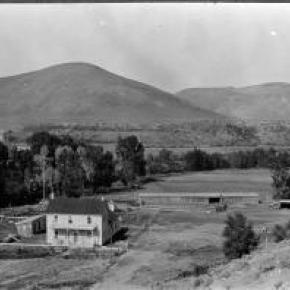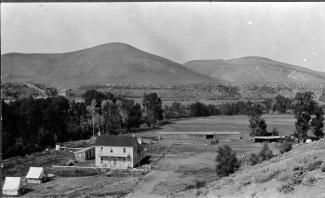Grand County
Grand County was established in 1874 by the Territory of Colorado, thus becoming a county two years before Colorado became a state. It was named for the Grand River, the name by which the Colorado River was known at that time. The headwaters of the today’s Colorado River are in Grand County. The county was formed from a portion of Summit County but acquired its current boundaries in 1877, when part of the Grand County was used to create Routt County. The county seat is Hot Sulphur Springs. The area of 1,854 square miles (larger than Rhode Island) consists of meadows, river valleys and mountains.
R.C. Black, Island in the Rockies. Pruett Publishing Company, 1969
William Bright, Colorado Place Names. Johnson Publishing Company, 1993
Hafen and Hafen, Our State: Colorado. Old West Publishing Company, 1971









